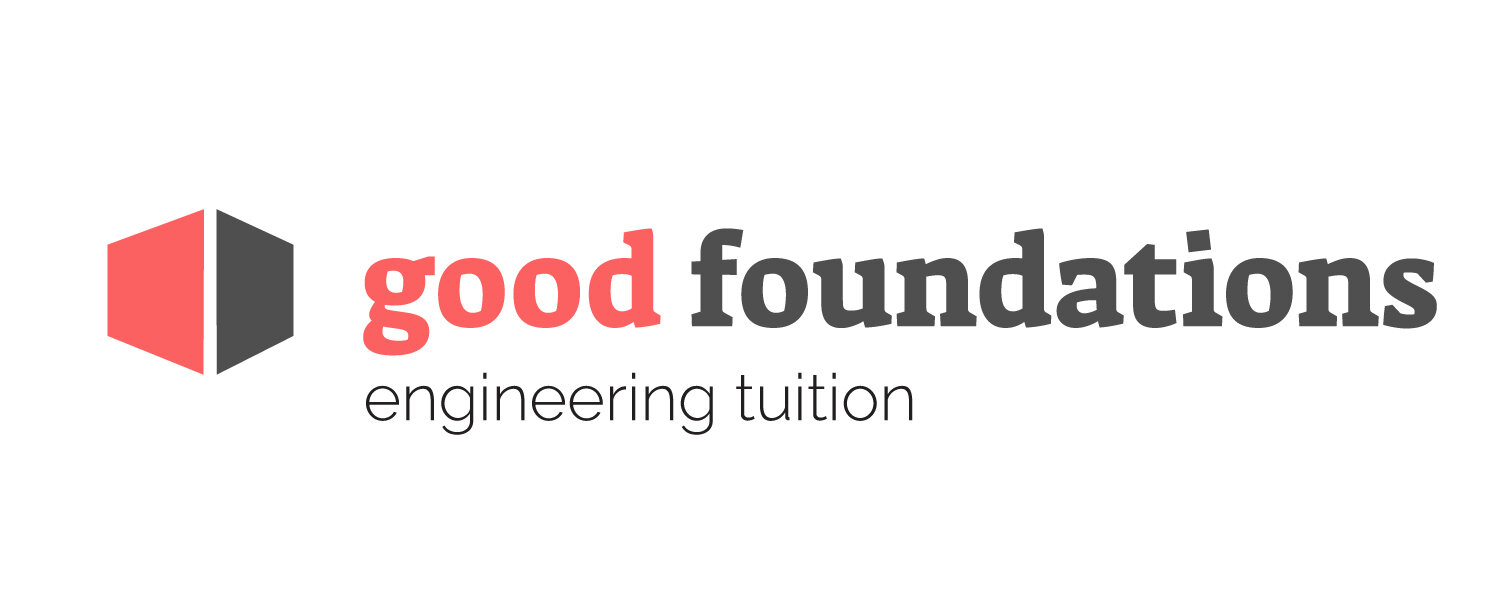CV Best Practice
Its crucial to have your CV in good shape when you are applying for graduate engineering jobs. In a competitive market, an average CV is enough to eliminate you from the hiring process at the first hurdle.
This note will step you through the most important things to keep in mind when creating your CV to apply for Engineering roles .
Cover Letter
A cover letter should be included that specifically addresses the company and the advertised role. The cover letter should be brief (2-3 short paragraphs) and cover who you are, your engineering background and why you are applying for the role. The cover letter acts as a bridge between your CV and the prospective employer. It creates a personal connection, helping the hiring manager better understand your motivations, aspirations, and qualifications. It also showcases your written communication skills.
The first paragraph introduces yourself, briefly mentioning who you are and your engineering background. It's your chance to make a strong first impression by highlighting your qualifications.
The second paragraph should delve into why you're applying for the role. This is your opportunity to align your skills and experiences with the job requirements. Explain what attracts you to the company and how your engineering background uniquely positions you for success in the advertised position. Showcase your enthusiasm and dedication.
Your cover letter can be formatted like a traditional letter. Place your name and address in the top right-hand corner, followed by the date. Address the recipient with a professional salutation. End the letter with a polite closing and your signature (if submitting a physical copy). If sending electronically, you can use a digital signature or simply type your name.
Formatting
A simple well organised CV will be better able to convey important information to the employer. The key elements of a simple, well formatted CV are:
Simple and standardised font types. Use 1 font type with only 1 or 2 variations (eg increased size, bold) for headings;
Ensure alignment throughout the document is simple and consistent;
Horizontal lines can be used as section breaks
A short CV is best (2-4 pages)
Sections should be nicely spaced out and follow a simple reverse chronological order. Sections to include:
personal details
introduction
accreditation/qualifications
employment history
education
interests
referees
Personal Details
Your CV should include your name, email address and phone number. Other personal details, such as date of birth, nationality and a photograph should not be included.
Introduction
The introduction to your CV should be one short paragraph that functions as an executive summary. This might cover your degree and any specialisations, your relevant work experience, your goals and engineering areas of interest, and your best skills. In listing your skills it’s best not to be too general (for example easy-going is too general). Mentioning your excellent analytical and problem solving skills is ok (if that is reflected within your CV).
Accreditations/Qualifications
In this section you should mention your professional qualifications or memberships. If you are applying for graduate engineering jobs it is a good idea to become a graduate member of the ICE or IStructE as it shows your commitment to the profession and your interest in becoming a chartered engineer. You can also list any other short training courses or certificates you may have achieved (for example health and safety certifications).
Employment History
Your employment history should be in reverse chronological order with your latest position listed first. As a graduate student your employment may not be engineering specific but it is still of interest to employers. You should also list any summer placements you may have undertaken as part of your engineering study. More emphasis should be placed on any positions that were engineering relevant.
For each employment position you should try to address what were the key accomplishments and experiences gained from the position.
If you have previous engineering experience you should list the main projects that you worked on, followed by any key experience gained. A useful way to summarise your project experience is by following this format:
Project Name, Client, Location. Project Value £x. Brief description.
For example:
Richardson Road Student Accommodation, Newcastle University, Newcastle Upon Tyne. Project value £6 million. Six blocks modular student accommodation.
Key experience gained: design development and co-ordination with modular unit manufacturers. Design of steel podium frame and concrete foundations to Eurocodes.
Education
List your education in reverse chronological order, starting with your engineering degree. This can include your secondary school education. Include any awards or positions of note achieved during your studies.
Interests
A very brief section describing your interests can be included. This adds a bit more flavour to your CV and gives the employer a more rounded picture of you as a person. Interests don’t have to be engineering specific, it is a good idea to include at least a couple of varied interests to show a balanced nature. When you review a companies website you can often see what non-engineering passions the current staff tend to have. For example they might mention charity rides, sports days, or volunteering in the local community. It is worth investigating to see if there are any aligned interests and including these on your CV.
Referees
It isn’t required to list referees on your CV, although it is common practice to state ‘referees available upon request’. Ideally you should have at least two people in mind to provide a reference if requested. This could be a trusted lecturer at university, a supervisor from a summer placement, or even a superior from a non-engineering employment.
CV Example
Below is an example of an engineering CV for someone with 6 years of engineering experience. For graduate engineers the employment content would be expected to be less detailed. However it still provides a good example of the content to include in other sections and of simple, clear formatting.
Note by Will W
Learn more about good foundations tutoring - follow the link below.





